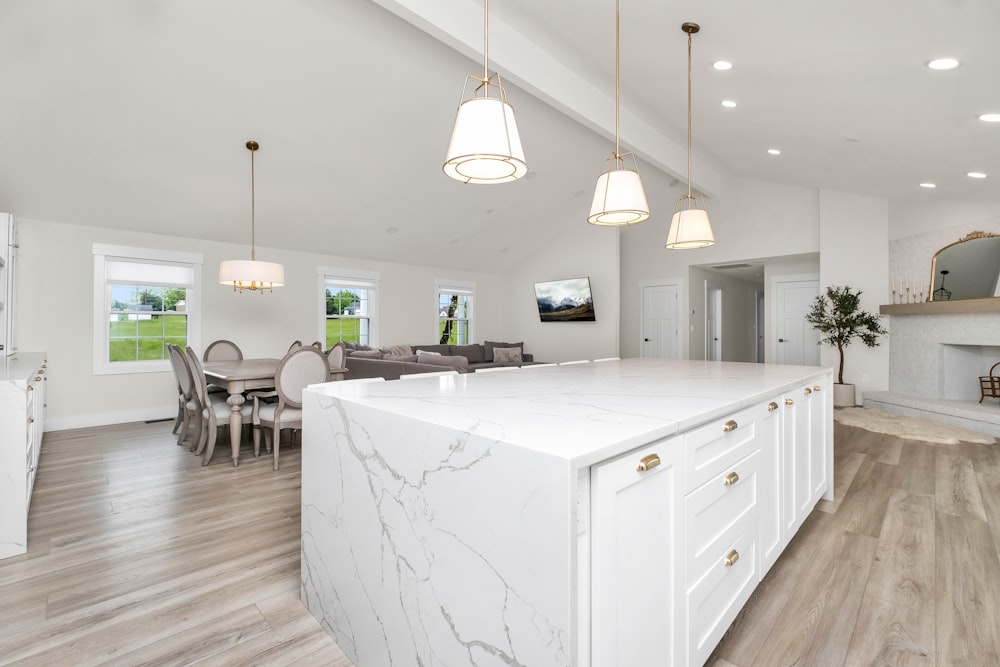Exploring Core Architecture Principles
In the vast world of architecture, the foundation lies in understanding core principles that govern design, structure, and aesthetics. Let’s embark on a journey to unveil the essence of core architecture principles and explore their significance in shaping the built environment.
Understanding Architectural Foundations
At the heart of every architectural marvel are foundational principles that dictate form, function, and purpose. These principles encompass aspects such as proportion, scale, balance, and symmetry, laying the groundwork for cohesive and harmonious design. Understanding these fundamentals is essential for architects to create spaces that resonate with occupants and stand the test of time.
Balancing Form and Function
Core architecture principles emphasize the delicate balance between form and function. While aesthetics play a crucial role in defining the visual appeal of a structure, functionality is equally paramount. Architects must strike a harmonious balance between these elements, ensuring that the design not only looks pleasing but also serves its intended purpose effectively.
Embracing Spatial Awareness
Spatial awareness is a key tenet of core architecture principles, encompassing the understanding of how space is utilized and experienced within a built environment. Architects must carefully consider factors such as circulation, ergonomics, and user experience to optimize spatial layouts and create environments that are both functional and comfortable.
Harmonizing with the Surroundings
Core architecture principles extend beyond individual structures to encompass their relationship with the surrounding environment. Contextual awareness involves understanding the cultural, historical, and environmental context in which a building is situated and responding to these factors in the design process. By harmonizing with the surroundings, architects can create buildings that feel like natural extensions of their environment rather than imposing structures.
Embodying Sustainability
In the modern era, sustainability has emerged as a core principle in architecture, reflecting a growing awareness of environmental responsibility. Sustainable design practices prioritize resource efficiency, renewable energy integration, and environmental stewardship, aiming to minimize the ecological footprint of buildings while maximizing their long-term viability and resilience.
Innovating with Technology
Advancements in technology have revolutionized the practice of architecture, offering new tools and techniques for design, visualization, and construction. Core architecture principles embrace innovation and encourage architects to leverage technology to push the boundaries of creativity, efficiency, and sustainability in their designs.
Cultivating Creativity and Expression
While core architecture principles provide a framework for design, they also leave room for creativity and expression. Architects are encouraged to explore unconventional ideas, challenge norms, and push the limits of innovation to create truly distinctive and memorable spaces. By embracing creativity, architects can imbue their designs with a sense of individuality and identity that resonates with occupants.
Fostering Collaboration and Community
Architecture is inherently collaborative, requiring the input and expertise of various stakeholders to bring a vision to life. Core architecture principles emphasize the importance of collaboration, encouraging architects to work closely with clients, engineers, builders, and other professionals to realize shared goals. By fostering a sense of community and collaboration, architects can create spaces that enrich the lives of those who inhabit them.
Conclusion Read more about core architecture










